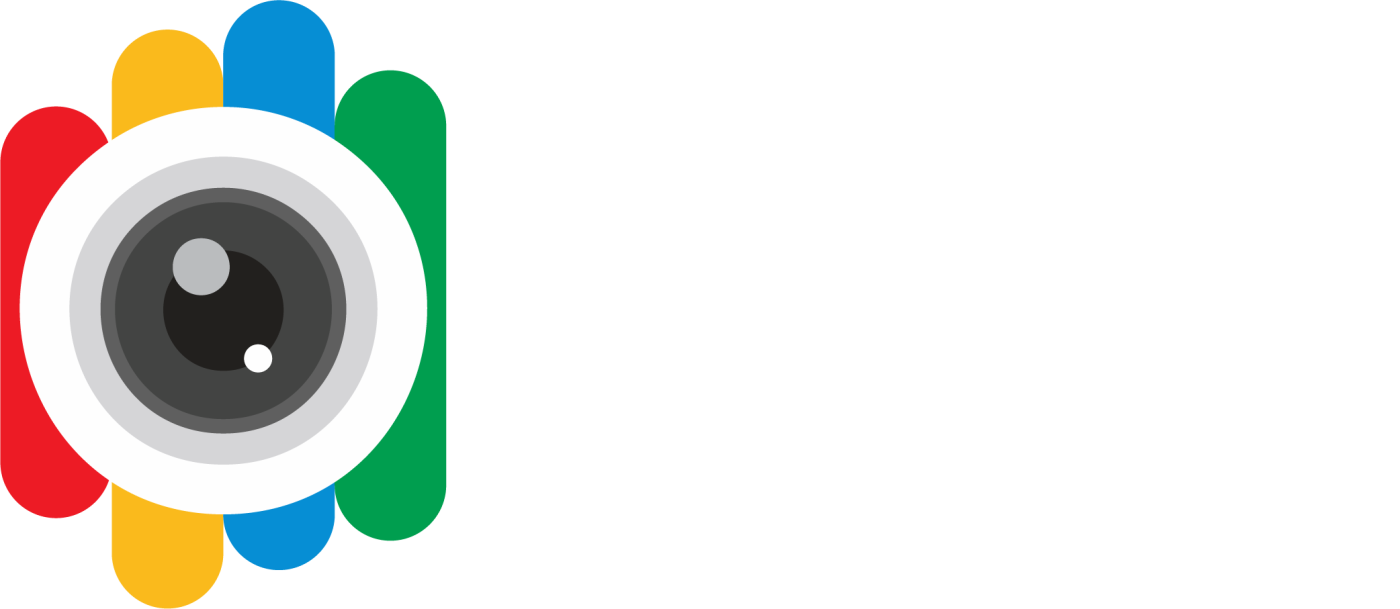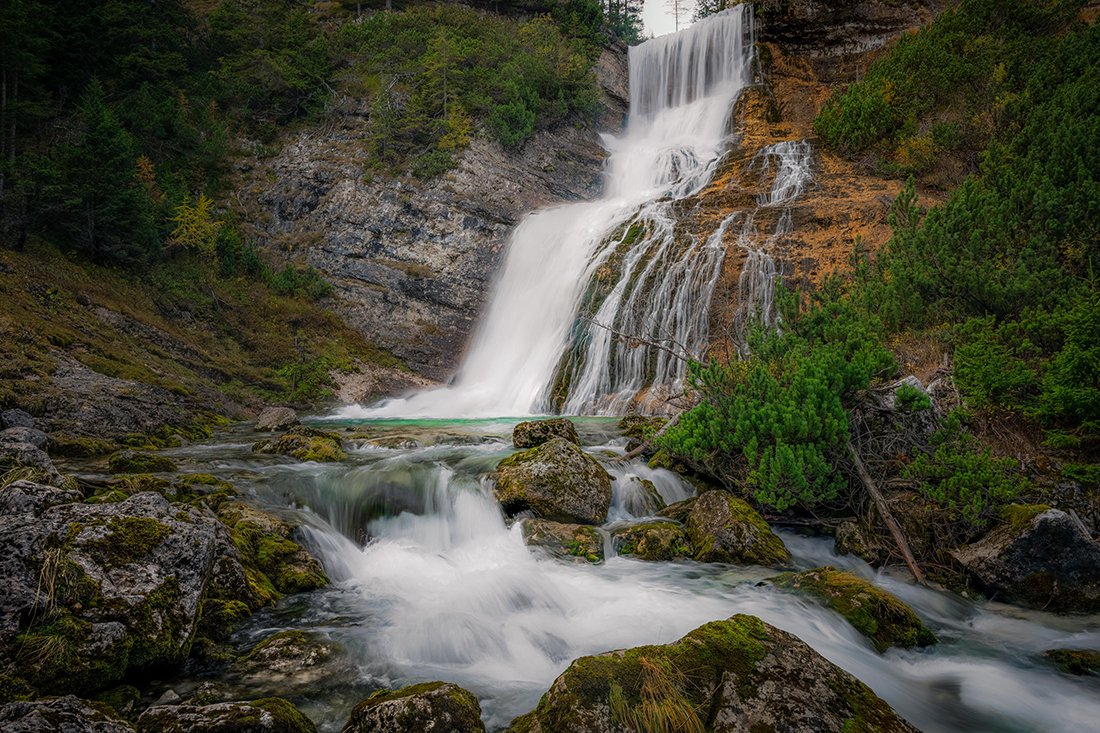Best Full-Frame Landscape Camera on a Budget: Nikon Z5 Review and My Journey to the Nikon Z8
I know, it is not about the gear. It is about the person behind the camera. It is about getting out and shoot. But when we are scanning the market we all want some good advice on what to buy and perhaps even more important what not to buy. So what is the best full-frame landscape camera on a budget?
In this article I’m sharing my thoughts on a piece of equipment that I have used for a long time. And I have to say I have used it a lot and was very happy with it, until…. Well no reason to spoil that now, you can read about that later in this article. Mind you, this is not an article for a full review on Nikon Z camera’s. There are far better sources on the web. It is about a personal experience I have and thought sharing with anybody out there that can make some use of it.
When it comes to landscape photography, having the right gear can make a difference. As a starting photographer that does want to break the bank, I’ve always sought a balance between quality and affordability. For years, the Nikon Z5 was my go-to choice for capturing landscapes and macro shots. This budget-friendly full-frame mirrorless camera proved its worth in countless outdoor adventures. And since it was a friendly price, it also allowed me to spend more money on lenses. In the end it is the glass that makes the biggest difference.
In this article, I’ll explain why the Nikon Z5 is an exceptional choice for landscape photography and share the reasons behind my change.
Table of Contents
Why Full-Frame Cameras are Ideal for Landscape Photography
Full-frame cameras are a staple for landscape photographers because of their larger sensors. These sensors capture more light, resulting in sharper details and improved dynamic range. For landscapes, this means capturing every subtle gradient in the sky or intricate texture in a rugged mountain range. Another benefit is their superior low-light performance, making them perfect for dawn or dusk photography.
The Nikon Z lenses are superb. Granted the more expensive ones (S lenses) have better sharpness, but even the cheaper ones produce outstanding quality.
Nikon Z5: A Budget-Friendly Powerhouse for Landscapes
Key Features of the Nikon Z5
The Nikon Z5 is equipped with a 24.3-megapixel full-frame sensor, ensuring sharp, detailed images. Its dynamic range is very good, especially if you consider its price. It allows you to capture vibrant colours and intricate shadows in every frame. For landscape photographers, these qualities are invaluable.
What I also really liked about the Z5 was it simplicity to operate. The camera has the right buttons at the right place. All very accessible and easy to find, even in low light situations.
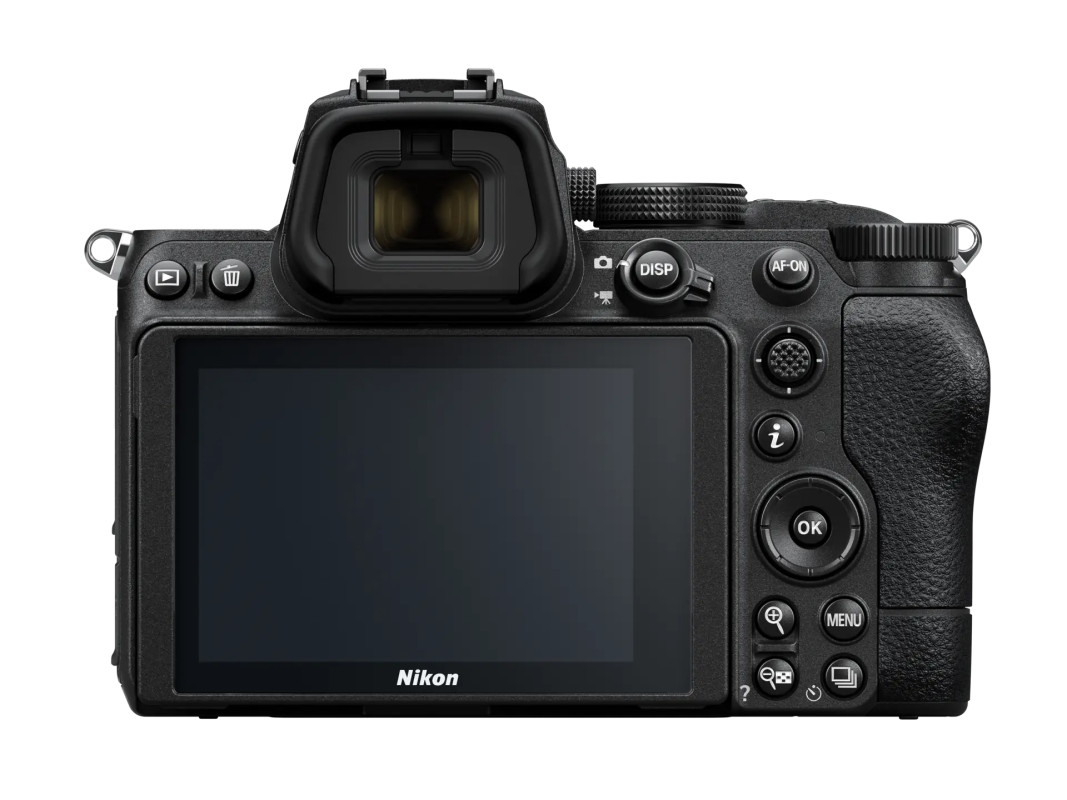
The camera’s weather-sealed body makes it reliable for outdoor shoots, even in unpredictable weather. Its compact and lightweight design means you can carry it on long hikes without fatigue. I have been abusing it in really bad conditions and it never complained.
Additionally, the Z5 offers dual SD card slots, providing peace of mind for storing your images.
Battery life is another strong point. With a single charge, the Z5 can last through a full day of shooting, which is ideal for extended landscape sessions.
In my case, I bought it as a kit with the 24-200 mm lens included. If you have only 1 lens to take with you on a long hike? Well that is possible the one. It covers a wide focal range. It creates very very decent images. Sure it is not as sharp as the 24-120 that I also own, but it offers a lot value for the money.
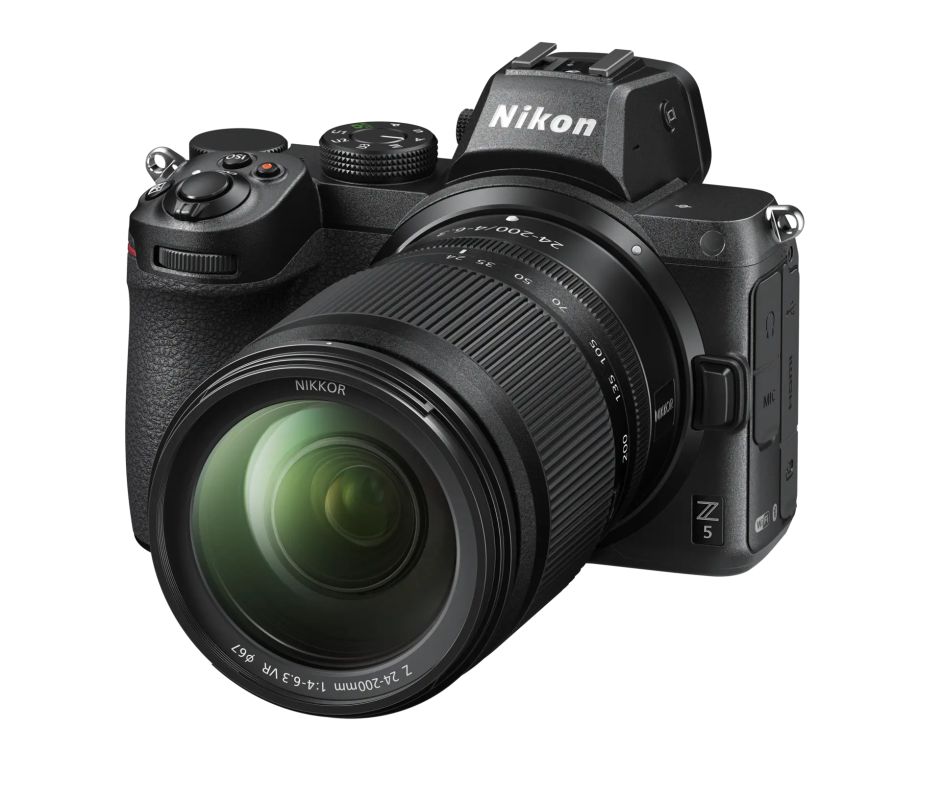
Why It’s the best full-frame landscape camera on a budget
One of the most attractive aspects of the Nikon Z5 is its price. Compared to other full-frame cameras, it delivers excellent value without compromising on image quality. For beginners or hobbyists looking to elevate their landscape photography, the Z5 is a sensible investment. Its ease of use and intuitive controls make it accessible for photographers at any skill level. If you’re shooting stills, in particular landscape’s? Don’t look any further.
Nigel Danson, one of my hero’s has created an excellent vlog on this topic:
Limitations of the Nikon Z5
While the Nikon Z5 shines in many areas, it’s not without limitations. Its continuous shooting speed of 4.5 frames per second is modest compared to higher-end models. For landscape photographers, this isn’t a major drawback since speed is less critical for static scenes.
Another limitation is the autofocus system, which, while reliable, may struggle in complex or fast-moving scenarios. Additionally, the camera’s video capabilities are limited to 4K at a cropped resolution, which might disappoint hybrid shooters. To me the video capabilities have never been an issue, I simply don’t shoot any video.
The 24 Megapixel was not really a limitation, but while I was at it, it would be nice to have a larger amount of pixels. This is very useful (perhaps only useful?) when cropping and when you physically print on large sizes.
The Transition: Why I Upgraded to the Nikon Z8
What Led to the Switch
I was in Ireland, doing a road trip along the west-coast. And although I’m not a wild life shooter, I do like to capture an image of a bird in flight or a dolphin jumping out the water. It was on a “dolphin scouting” boat trip trying to shoot “moving targets”, that I realised I needed to upgrade. Not that I was not able to capture some nice shots, but the success rate was not high. The Z5 is simply not fast enough to capture action shots.
Another area where the Nikon Z5 does not perform very well is at low light situations. Don’t get me wrong, it does a very decent job. Just don’t try to use it for nightscapes.
It was also around that time that I discovered studio photography with challenging lightning situations now and then. Another area where the Z8 outperforms.
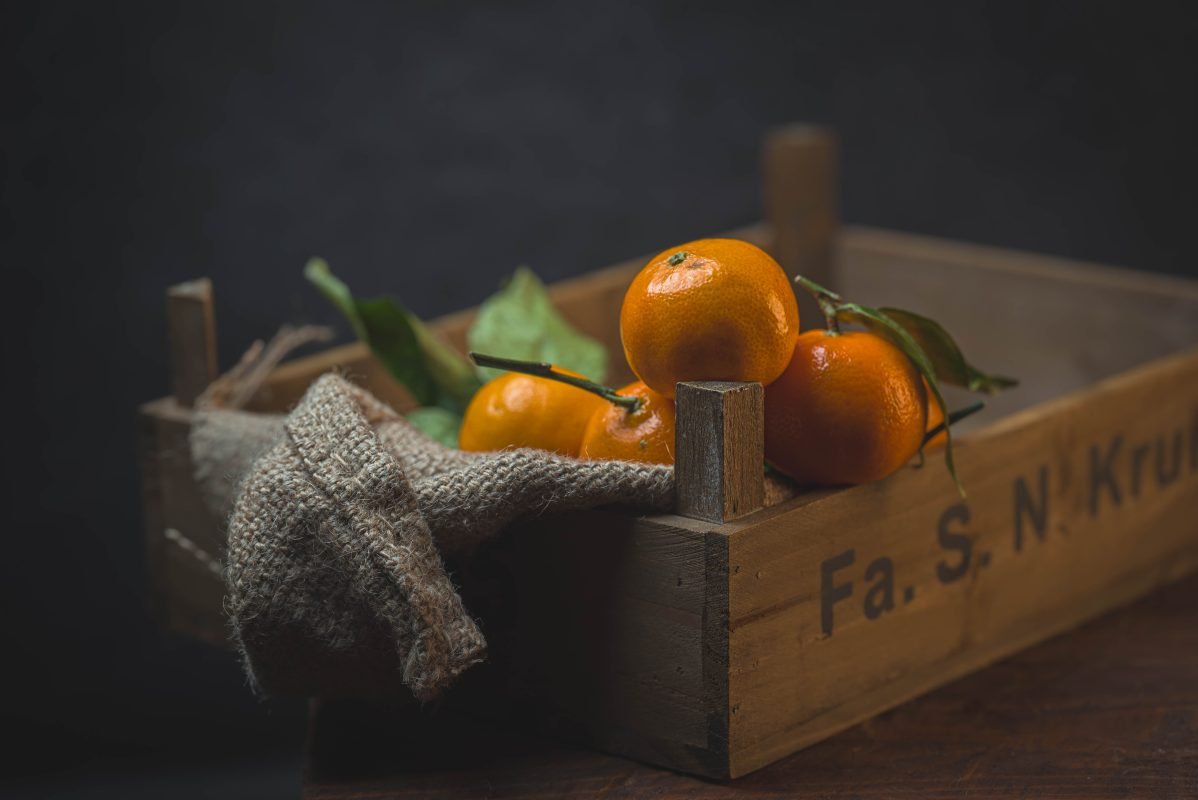
As I grew more invested in my photography, I found myself pushing the boundaries of what the Nikon Z5 could handle. So it was time to say goodbye to my trusted friend that had been with me for so long.
So what was my wish list:
- Fast auto focus capabilities
- Larger nr frames per second
- Perform well in low light
- Higher megapixels images
The Z7II is an outstanding camera as well, but the Z8 outperforms when it comes to auto focus. The Z6III does not have the higher megapixel count. So decided to look at the Z8. I know it is quit a bit more budget, but I consider this an investment for years to come. What comes as a bonus is the “flipping screen” that flips in both horizontal and vertical direction with the Z8. That seems like a minor feature, but for me this is very useful when shooting low to the ground macro shots.

What the Nikon Z8 Brings to the Table
The Nikon Z8 represents a significant leap forward in technology. Its 45.7-megapixel sensor delivers incredible detail, making it ideal for large prints or professional-grade work. The advanced autofocus system ensures precision, even in challenging conditions.
For landscape photographers, the Z8’s high-resolution EVF and improved weather sealing are game-changers. It also features faster processing speeds, enabling smoother shooting experiences. While the Z5 is excellent for most scenarios, the Z8’s additional features cater to photographers with more demanding needs.
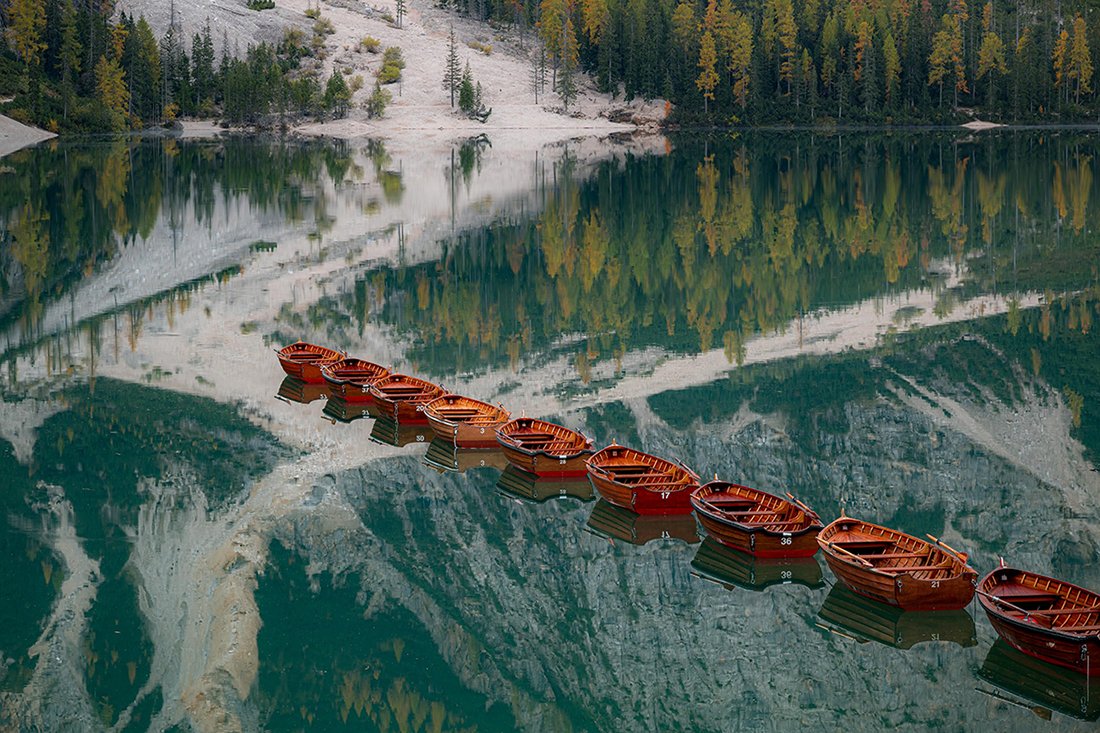
Is the Nikon Z8 Worth It for Landscape Photographers?
If your photography requires the highest level of detail and advanced features, the Z8 is a worthy upgrade. However, for hobbyists or those on a tight budget, the Z5 remains a reliable and capable choice.
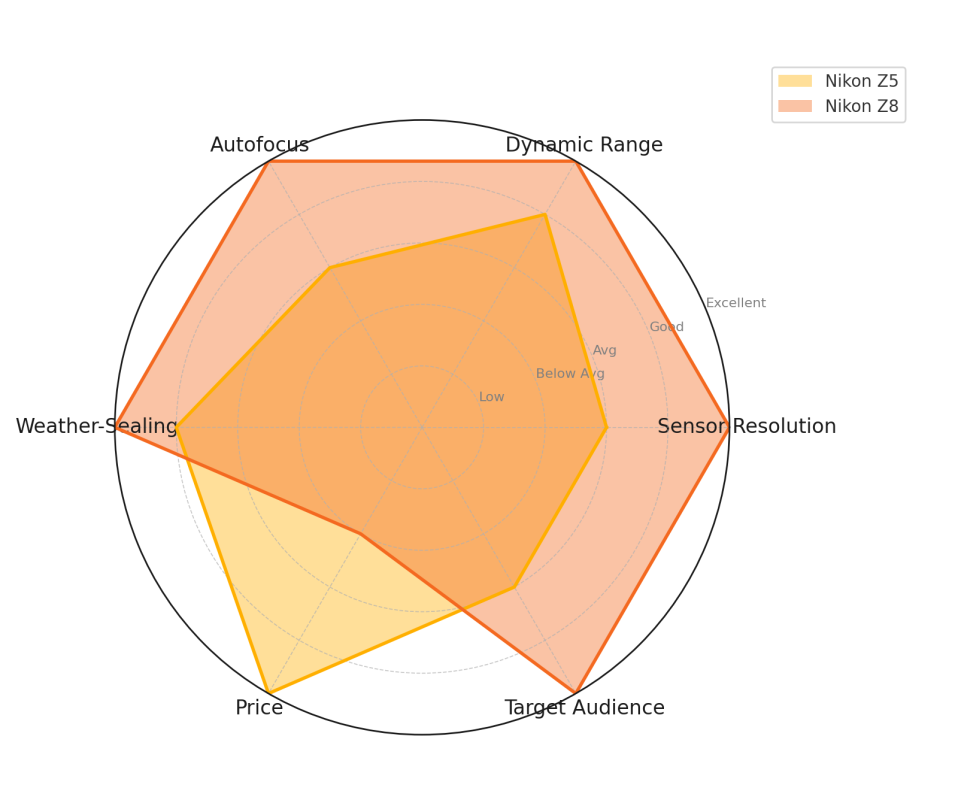
Comparison: Nikon Z5 vs. Nikon Z8 for Landscape Photography
| Feature | Nikon Z5 | Nikon Z8 |
|---|---|---|
| Sensor Resolution | 24.3 MP | 45.7 MP |
| Dynamic Range | Excellent | Outstanding |
| Autofocus | Reliable but basic | Advanced and precise |
| Weather-Sealing | Good | Superior |
| Price | Budget-friendly | Premium |
| Target Audience | Beginners, Hobbyists | Professionals, Enthusiasts |
Conclusion: Which Camera is Right for You?
The Nikon Z5 is an exceptional budget-friendly option for landscape photography. It offers excellent image quality, portability, and value, making it perfect for beginners and hobbyists. However, if you’re a professional or need advanced features, the Nikon Z8 is worth considering. Don’t get the Z5 if you want to shoot wildlife or birds. Don’t get the Z5 if you need high quality video capabilities either. But if you are stills shooter, mostly using a tripod, go for the Z5, allowing you some budget for more high quality lenses.
Ultimately, the right camera depends on your needs and budget. Whether you choose the Z5, Z6III, Z7II or Z8, all deliver remarkable results! Chose the one that fit’s your needs.
Have you used the Nikon Z5 or Z8 for landscape photography? Share your experiences in the comments! Have any questions? Go ahead and use the contact form and reach out!
Visit my portfolio for sample images and please have a look at my books packed with images from both Nikon Z5 and Nikon Z8.
Additional reading:
- Nikon Z5 Official Product Page
- Nikon Z8 Official Product Page
- Comparison Tool
- Landscape Photography Tips
- Review of Nikon Z5 for Landscape Photography
- Nikon Z8 review
